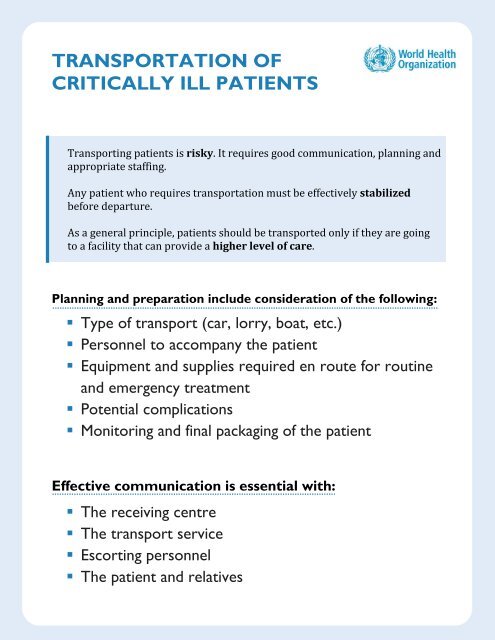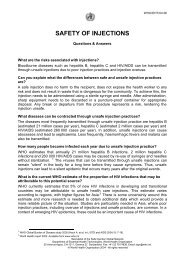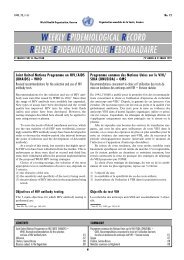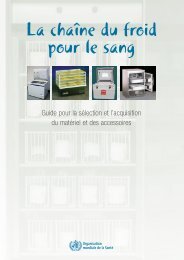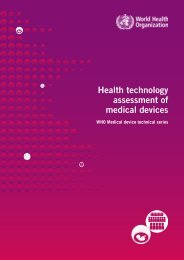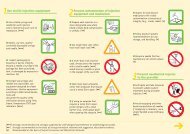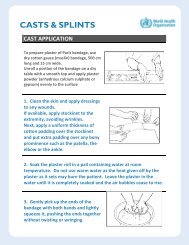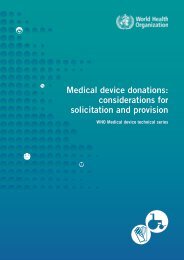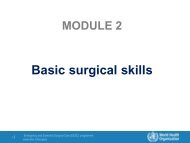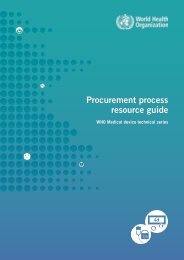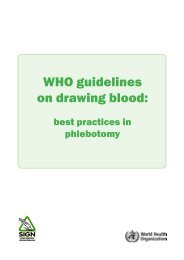Transportation of Critically Ill Patients
Transportation of Critically Ill Patients
Transportation of Critically Ill Patients
- No tags were found...
You also want an ePaper? Increase the reach of your titles
YUMPU automatically turns print PDFs into web optimized ePapers that Google loves.
TRANSPORTATION OF<br />
CRITICALLY ILL PATIENTS<br />
Transporting patients is risky. It requires good communication, planning and<br />
appropriate staffing.<br />
Any patient who requires transportation must be effectively stabilized<br />
before departure.<br />
As a general principle, patients should be transported only if they are going<br />
to a facility that can provide a higher level <strong>of</strong> care.<br />
Planning and preparation include consideration <strong>of</strong> the following:<br />
• Type <strong>of</strong> transport (car, lorry, boat, etc.)<br />
• Personnel to accompany the patient<br />
• Equipment and supplies required en route for routine<br />
and emergency treatment<br />
• Potential complications<br />
• Monitoring and final packaging <strong>of</strong> the patient<br />
Effective communication is essential with:<br />
• The receiving centre<br />
• The transport service<br />
• Escorting personnel<br />
• The patient and relatives
TRANSPORTATION OF<br />
CRITICALLY ILL PATIENTS<br />
Effective stabilization necessitates:<br />
• Prompt initial resuscitation<br />
• Control <strong>of</strong> hemorrhage and maintenance <strong>of</strong> the<br />
circulation<br />
• Immobilization <strong>of</strong> fractures<br />
• Analgesia<br />
Remember, if the patient deteriorates…<br />
Re-evaluate the patient by using the primary<br />
survey<br />
Check and treat life-threatening conditions<br />
Make a careful assessment focusing on the<br />
affected system<br />
Be prepared: if anything can go wrong, it will –<br />
and at the worst possible time!


